Spirodela Schleid.
giant duckweed
Araceae
Lemna, Limnobium (seedling), Phyllanthus
cosmopolitancosmopolitan:
(adj) essentially worldwide in distribution
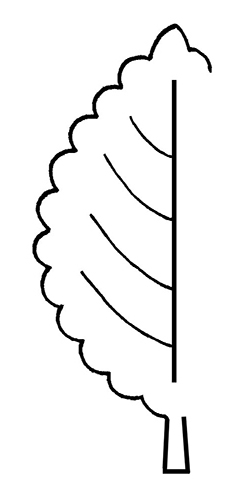
Spirodela polyrrhiza (L.) Schleid.
S. punctata (G. Mey.) C.H. Thomps.
information not available
Spirodela polyrrhiza is a serious weed in rice fields in on several continents. It has shown resistance to diquat.
free floating, small, thallusthallus:
(n) a photosynthetic plant body that is not (or apparently not) differentiated into stems, roots, and leaves
 -like plant
-like plant
Small, free-floating on water surface. Reduced plant body, undifferentiated into stem and leaf. Frondfrond:
(n) (1) a term used to describe the leaves of, e.g., ferns, palms, or duckweeds; (2) a leaf-like organ (as in .e.g. some algae, such as Caulerpa)
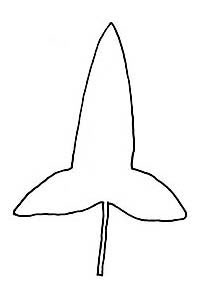 broadly ovateovate:
broadly ovateovate:
(adj) egg-shaped in outline; generally with the broad end at or near the base
 to orbicularorbicular:
to orbicularorbicular:
(adj) circular in outline
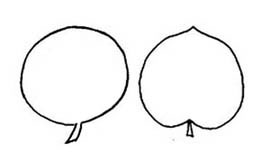 , green above, red below, venationvenation:
, green above, red below, venationvenation:
(n) the arrangement of veins in a leaf
 palmatepalmate:
palmatepalmate:
(adj) (of leaves or venation) with lobes, leaflets, divisions or veins originating from the same point
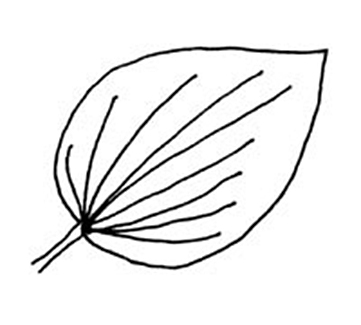 ; marginmargin:
; marginmargin:
(n) edge; rim
 entire. Roots unbranched, 2-21 arising from center of fronds. Daughter fronds borne in two ventralventral:
entire. Roots unbranched, 2-21 arising from center of fronds. Daughter fronds borne in two ventralventral:
(adj) of the front of an organ or the side facing or nearest the axis (syn. adaxial) (compare dorsal); upper surface
 budding pouches, attached to mother frondfrond:
budding pouches, attached to mother frondfrond:
(n) (1) a term used to describe the leaves of, e.g., ferns, palms, or duckweeds; (2) a leaf-like organ (as in .e.g. some algae, such as Caulerpa)
 by short stipestipe:
by short stipestipe:
(n) stalk supporting leaf or leaf-like organ
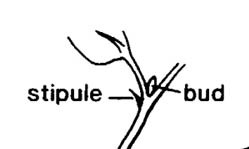 . Vegetativevegetative:
. Vegetativevegetative:
(adj) (1) pertaining to or to the growth of plant organs or plant parts that have nonreproductive functions, such as leaves, roots, stems, etc.; (2) concering non sexual propagules such as tubers, turions, stem fragments, root crowns, rhizomes
 turions produced near base of roots. Inflorescenceinflorescence:
turions produced near base of roots. Inflorescenceinflorescence:
(n) the arrangement of flowers on the floral axis
 minute, rarely occurring, unisexualunisexual:
minute, rarely occurring, unisexualunisexual:
(adj) (of a flower) with either stamens (male) or pistils (female) but not both; consisting of only male or female flowers
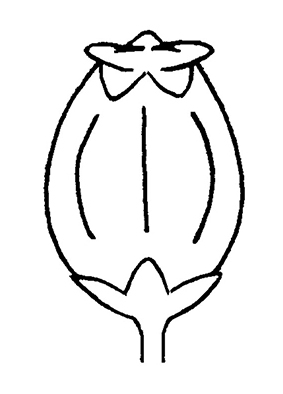 , of 1 female and 2 male flowers enclosed in a membranous spathespathe:
, of 1 female and 2 male flowers enclosed in a membranous spathespathe:
(n) a large bract or bracts subtending and often enclosing an inflorescence
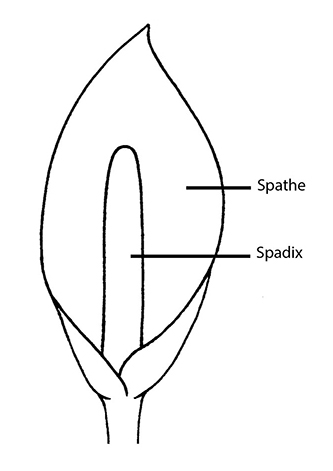 , produced from budding pouch. Dispersal by frondfrond:
, produced from budding pouch. Dispersal by frondfrond:
(n) (1) a term used to describe the leaves of, e.g., ferns, palms, or duckweeds; (2) a leaf-like organ (as in .e.g. some algae, such as Caulerpa)
 budding, seeds, and resting turions.
budding, seeds, and resting turions.
Note that Spirodela polyrrhiza fronds may aggregate or daughter frond(s) may remain attached to the parent plant, and as a result may appear to be a single-lobed frondfrond:
(n) (1) a term used to describe the leaves of, e.g., ferns, palms, or duckweeds; (2) a leaf-like organ (as in .e.g. some algae, such as Caulerpa)
 but are not.
but are not.
still waters of lakes, rivers, and swamps
Spirodela contains three species worldwide, but only S. polyrrhiza and S. punctata are commonly cultivated for aquaria. This genus has the largest sized plants of the duckweeds and is the only genus with multiple roots arising from each frondfrond:
(n) (1) a term used to describe the leaves of, e.g., ferns, palms, or duckweeds; (2) a leaf-like organ (as in .e.g. some algae, such as Caulerpa)
 . One species of this genus (S. punctata) has been moved to the genus Landoltia Les & D.J. Crawford based on molecular data. Spirodela polyrrhiza is larger and rounder, and has more roots (5-21) per frondfrond:
. One species of this genus (S. punctata) has been moved to the genus Landoltia Les & D.J. Crawford based on molecular data. Spirodela polyrrhiza is larger and rounder, and has more roots (5-21) per frondfrond:
(n) (1) a term used to describe the leaves of, e.g., ferns, palms, or duckweeds; (2) a leaf-like organ (as in .e.g. some algae, such as Caulerpa)
 than S. punctata (2-12).
than S. punctata (2-12).